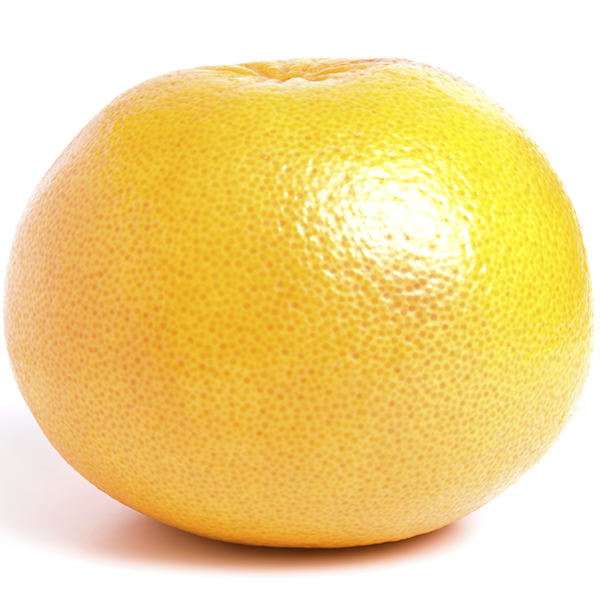
Organic grapefruit is an important part of a well-rounded organic citrus category. While organic grapefruit don’t account for a large percentage of grapefruit sales, the category is worth your time.
Organic grapefruit is most often eaten as a snack or breakfast food. Some consumers like to juice their own grapefruit. Promote grapefruit during any juicing promotions.
Include organic grapefruit in organic citrus promotions. Cross-promote it with organic bagged salads and other organic salad items as it can add a tangy flavor to traditional salads.
Promote organic grapefruit heavily in the winter as that is a time when other fruits may be more expensive.
Create an organic fruit box or basket for the holidays and include organic grapefruit. This appeals to the environmentally conscious consumer looking for a gift.
Don’t forget to include organic grapefruit in promotions for Easter and Mother’s Day as it works well on the brunch buffet.
Sampling is a great way to get organic grapefruit moving. Offer samples of both pink and white varieties so consumers can taste the difference. You may gain some new grapefruit purchasers who were only familiar with the tarter white varieties before tasting the pink ones.
Create an organic citrus display in your department by grouping organic grapefruit, oranges, tangerines and clementines together in one display. Make the display a centerpiece in your department as the vibrant colors will draw consumers in.
Consider displaying organic grapefruit near their conventional counterpart as the relatively lower price point of organic grapefruit won’t lead to the sticker shock that some other organic produce items can cause.
Offer both pink and white varieties of organic grapefruit as each one offers a distinct flavor. Include seedless varieties if they are available.
Consider displaying organic grapefruit in bushel baskets in front of a larger citrus display. This frees up space on the table and draws attention to the grapefruit.
Shipping
Organic grapefruit is most often shipped in 32- or 48-count cartons. However, organic grapefruit is available in all different sizes for both bulk and bagged. For bagged product, 5-pound bags are a popular option.
Grades
Florida
U.S. Fancy
U.S. No. 1 bright
U.S. No. 1
U.S. No. 1 golden
U.S. No. 1 bronze
U.S. No. 1 russet
U.S. No. 2 bright
U.S. No. 2
U.S. No. 2 russet
U.S. No. 3
California and Arizona
U.S. Fancy
U.S. No. 1
U.S. No. 2
U.S. Combination
U.S. No. 3
Texas and other states
U.S. Fancy
Texas Fancy
U.S. No. 1 bright
U.S. No. 1
U.S. No. 1 bronze
U.S. Combination
Texas Choice
U.S. No. 2
U.S. No. 2 russet
U.S. No. 3
Handling
Temperature: California and Arizona, 50 to 55 F (10 to 13 C); Florida and Texas, 50 to 60 F, (10 to 16 C)
Relative humidity: 85-90%
Mist: no
Typical shelf life: 28 to 42 days
Susceptible to chilling injury. Damage sometimes is not apparent until the fruit is returned to a higher temperature.
Long storage does not improve grapefruit quality. Decay and rind breakdown may occur as well as stem-end rot, particularly from crops grown in the Gulf States. Florida fruit that has been degreened with ethylene can be handled normally. Lower humidity levels can enhance rind breakdown.